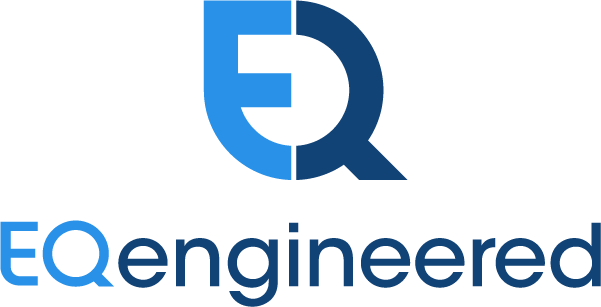Offense is Outpacing Defense: Rethinking Cyber Strategy in the Age of AI by Mark Hewitt
In the rapidly evolving landscape of cybersecurity, enterprise CIOs face an uncomfortable truth: offense is outpacing defense. At EQengineered, we work with leading organizations navigating digital transformation, and a recurring concern from our partners is the rising asymmetry between attackers and defenders. Nowhere is this imbalance more acute than in the domains of artificial intelligence and bio-digital convergence.
Adversarial actors, from rogue nation-states to distributed cyber collectives, are increasingly adept at exploiting the very tools that enterprises leverage for innovation. With the proliferation of open-source AI models and synthetic biology platforms, threat actors can iterate at speed and scale. Every 18 months, with just a few adjustments, their offensive capabilities leap forward—outpacing institutional defenses that are often constrained by bureaucracy, compliance, and legacy infrastructure.
The traditional cybersecurity playbook—focused on perimeter defense, access control, and post-incident response—is no longer sufficient. Reactive measures, though necessary, are inherently limited. They address the symptoms, not the root causes. By the time a threat is detected, the damage may already be done. CIOs must pivot from a mindset of containment to one of preemption and resilience.
At EQengineered, we advocate for a proactive strategy grounded in data-level trust. The only sustainable long-term defense is to ensure authenticity and provenance are embedded within the data fabric itself. This means verifying the origin, integrity, and transformation journey of data assets throughout their lifecycle. It also involves rethinking the role of digital identity, access mechanisms, and the architecture of trust.
This shift demands a blend of technical and organizational transformation. Technologies such as distributed ledgers, secure enclaves, and confidential computing can help reinforce data integrity. But beyond tools, enterprises must invest in cross-functional cyber literacy, governance frameworks, and agile risk postures that can evolve in tandem with the threat landscape.
Three To-Dos for Enterprise CIOs:
Elevate Data Trust to a Strategic Priority: Shift cybersecurity discussions from endpoints and firewalls to the authenticity of data itself. Champion initiatives that incorporate provenance tracking, zero trust principles, and cryptographic assurance into data workflows.
Build a Resilient Innovation Engine: Encourage faster experimentation and validation cycles within your organization. Adopt DevSecOps practices, red-teaming exercises, and continuous testing models that simulate real-world threats and force adaptive learning.
Forge a Cyber-Ready Culture: Cybersecurity is no longer the domain of IT alone. Equip business units, product teams, and executive stakeholders with the knowledge and agency to identify, report, and respond to emerging risks. Create governance models that reward accountability and learning, not just compliance.
In this era of accelerated threat evolution, resilience is not about being impenetrable—it’s about being adaptive, anticipatory, and aligned across the enterprise. EQengineered is committed to helping our clients architect systems and cultures that meet this new reality head-on.

